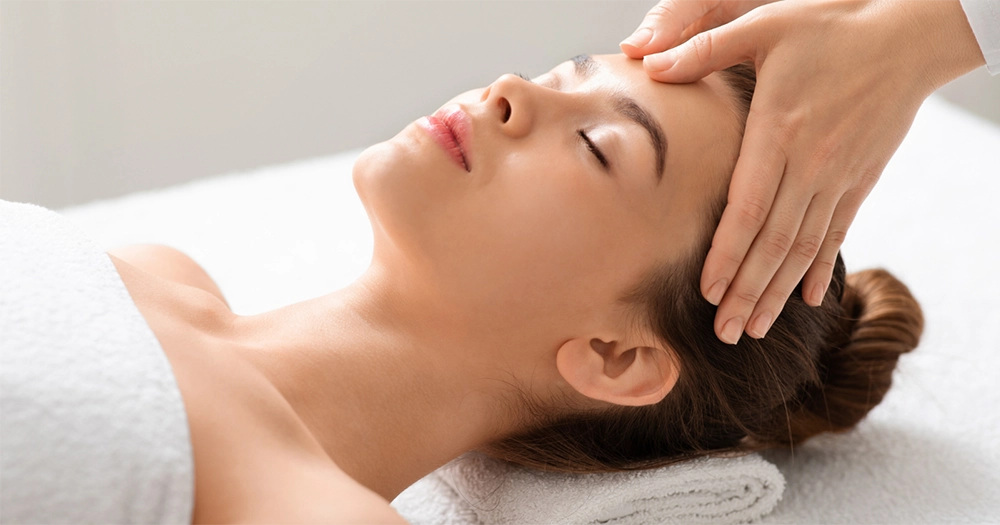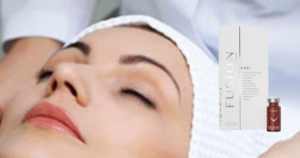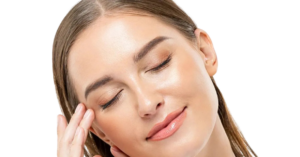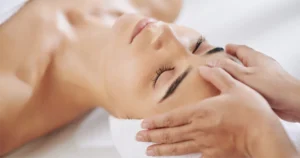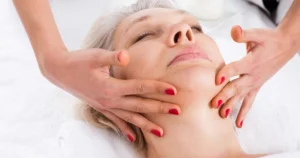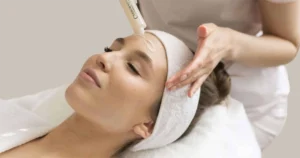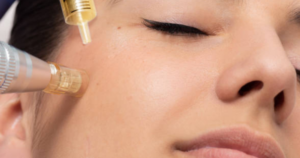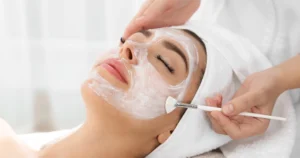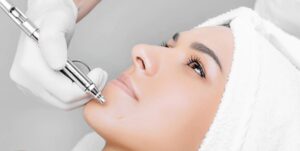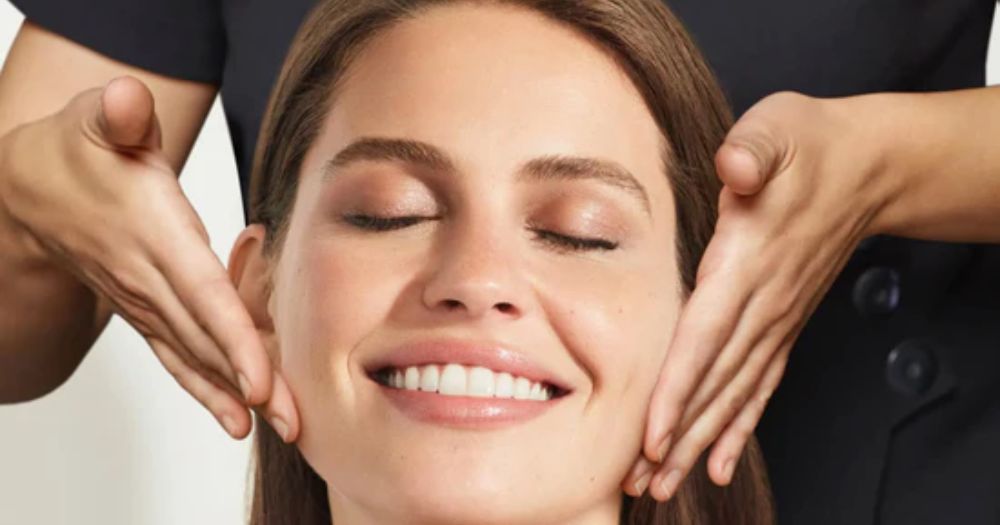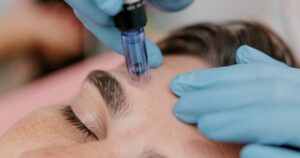Description
The massage technique is based on deep local stimulation, promoting microcirculation processes, improving tissue trophism (the regulation of organ or tissue volume), oxygenation, and detoxification.
This helps restore the main muscle groups, bringing back the "shape" of the face with immediately noticeable changes.
The massage starts by addressing the skin at the level of nerve receptors, which helps prevent the formation of expression lines, relieve muscle tension, enhance toxin elimination, improve blood circulation, and boost muscle contractility.
The procedure involves working on tissues at all levels. This includes not only deep muscle stimulation to strengthen them but also skin tightening, resulting in the correction of the facial contour.
Indications:
- improvement of microcirculation
- reduction of swelling
- increased venous blood flow
- toning of facial skin and muscles
- softening of fine surface wrinkles
- softening of fine surface wrinkles
- nourishment and hydration of facial and décolleté skin
Contraindications:
- purulent inflammations (papules, pustules, acne)
- dermatitis, eczema, psoriasis in an acute phase
- cold
- enlarged lymph nodes
- herpes
- rosacea
- acute respiratory disease
- immediately after a visit to the dentist
- brain concussion (up to 6 months)
- dizziness
- severe circulatory disorders
- facial tumors (oncological)
- infections
- infectious or other eye inflammation
- allergic reaction to massage cream or oil
Duration of the procedure:
45 minutes
Recommended course of procedures:
To achieve the best therapeutic and cosmetic results, the course usually consists of 15–20 sessions with a frequency of 2–3 times per week (every 1–2 days). Increasing the frequency is not recommended to avoid reducing the massage's effectiveness due to habituation. A frequency of less than 2 times per week is also not advisable, as the procedures would work in isolation.
What can be combined with the procedure?
The procedure can be combined with various facial treatments.
